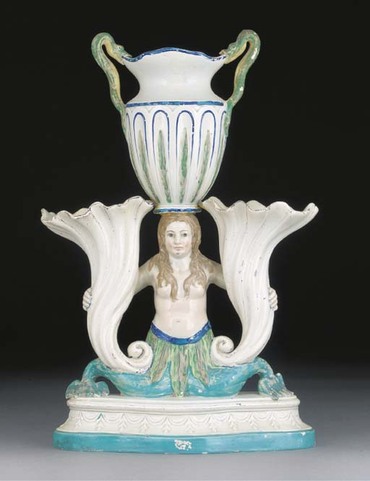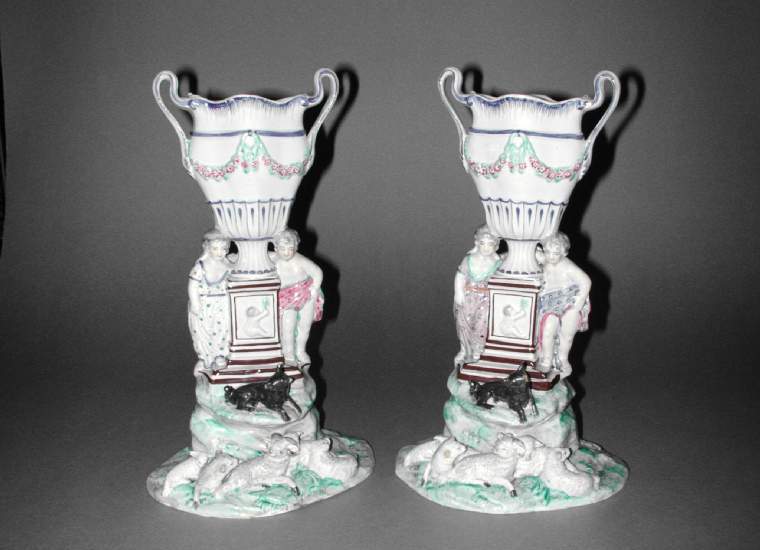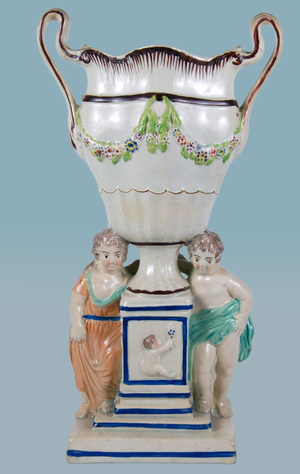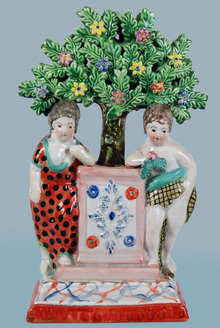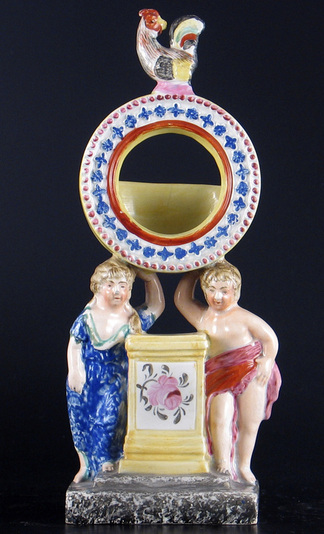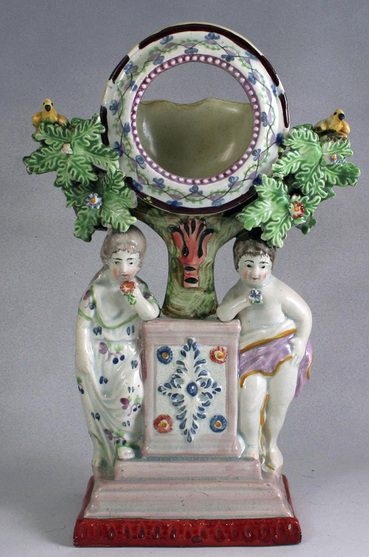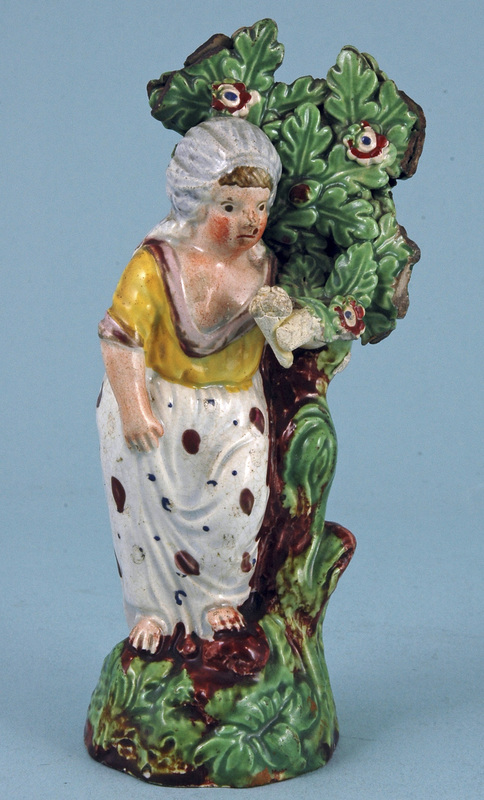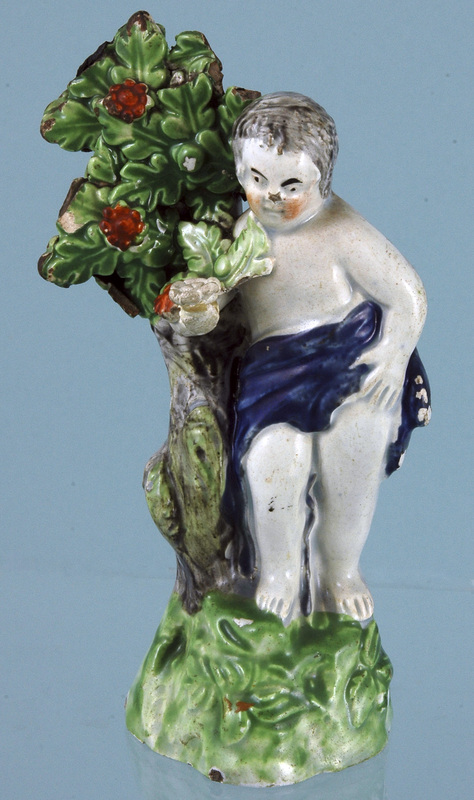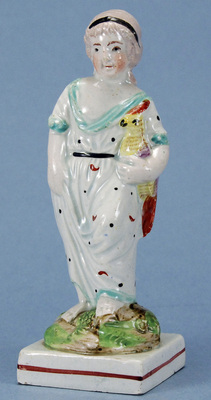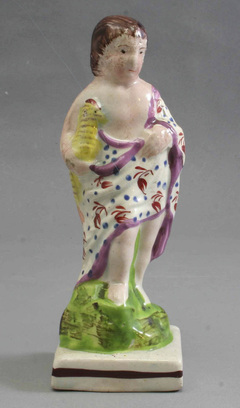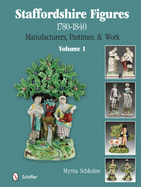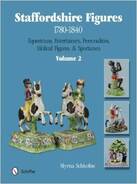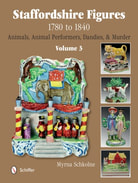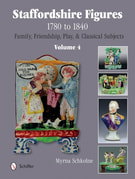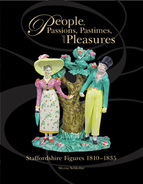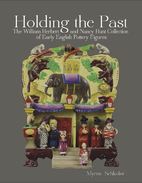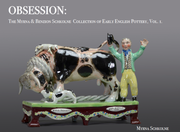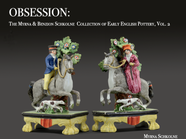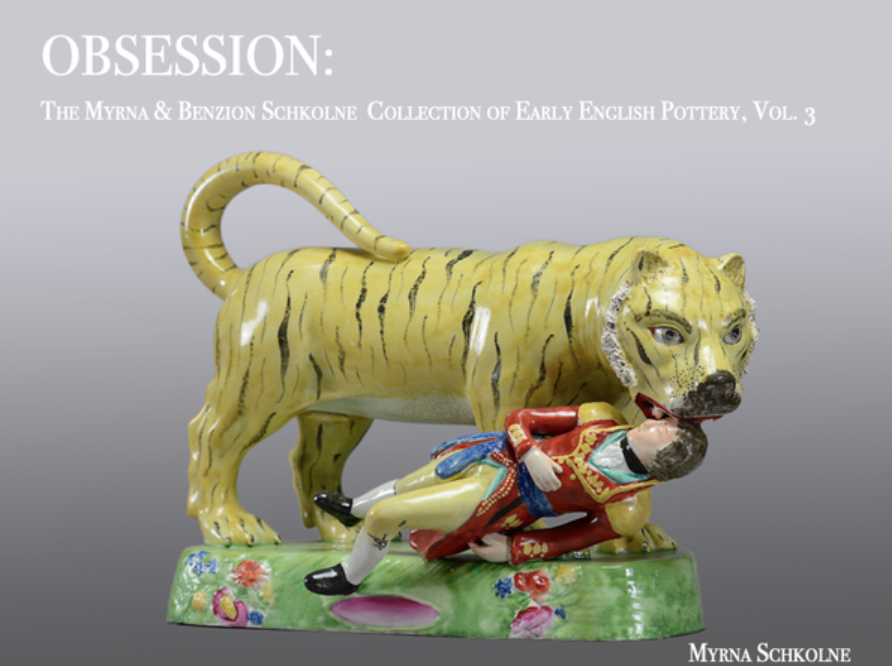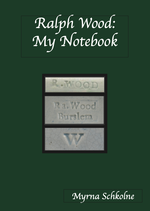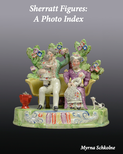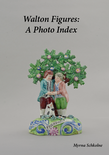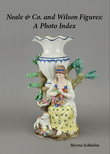Below, is a pair of superb vases in the collection of the Fitzwilliam Museum. The vases are of the same form as that atop the mermaids head, above. However, this time the handles are more subdued....no snakes' heads! I would date this pair as circa 1790.
|
I was thrilled to stumble upon this fantastic vase in cyberspace recently. It sold at Christies more than 10 years ago. Alas, I have not seen it in the flesh, nor any other like it. The central figure is, of course, a rather tubby mermaid, and, in keeping with that theme she holds two shells. Also, the handles of the vase are modeled as snakes...sea serpents, I suppose. At 13 inches in height, it is quite wondrous. The colors and the form of the vase make it instantly recognizable as no later than about 1800. Below, is a pair of superb vases in the collection of the Fitzwilliam Museum. The vases are of the same form as that atop the mermaids head, above. However, this time the handles are more subdued....no snakes' heads! I would date this pair as circa 1790. The vase below is of the same form as the vases above. Again, it is early, circa 1795. Photo courtesy of Elinor Penna. Vases of this form seem to have faded into obscurity around 1800, but Staffordshire potters cleverly recycled the figure molds. Here you see the same plinth and figures assembled to make an appealing figure group, circa 1820. Of course, a good plinth should not go to waste, and below we see the same figures and plinth with a watch stand atop this time. Photo courtesy of Woolley and Wallis. And here we have another, but with bocage leaves added. Photo courtesy of Martyn Edgell. The little children to either side of the plinth are also found as separate figures, appearing here courtesy of Andrew Dando. And, as you see below, these figures "evolved" to sometimes hold birds. (RHS figure courtesy of Martyn Edgell) There was no limit to the Staffordshire potters' ingenuity in reusing molds, and we could take this trail further and further. But what of the mermaid that started this discussion? I wish I could show the mermaid to you in other contexts, but at this point I know of no other. I can't believe that the molds did not get used again and again, so I live in hope. If you have her, or anything like her on your shelves, please share.
2 Comments
5/11/2013 06:55:04 pm
The Fitzwilliam Museum vases look very similar to a marked Tittensor vase illustrated in Apollo magazine in 1943 (volume 37 pp136-7), see also the illustrations on my web site: www.tittensor.com.
Reply
Myrna
5/12/2013 04:40:22 am
The Tittensor vase on Paul's fabulous Tittensor site lacks the rocky base with animals that the Fitzwilliam Museum vases have. I think the form is nearer that of the simpler vase shown. Those molds seem to have circulated through multiple pot banks. The point of all this is that I would definitely not attribute the vases shown on this site to Tittensor.
Reply
Leave a Reply. |
Archives
February 2024
All material on this website is protected by copyright law. You may link to this site from your site, but please contact Myrna if you wish to reproduce any of this material elsewhere. |
